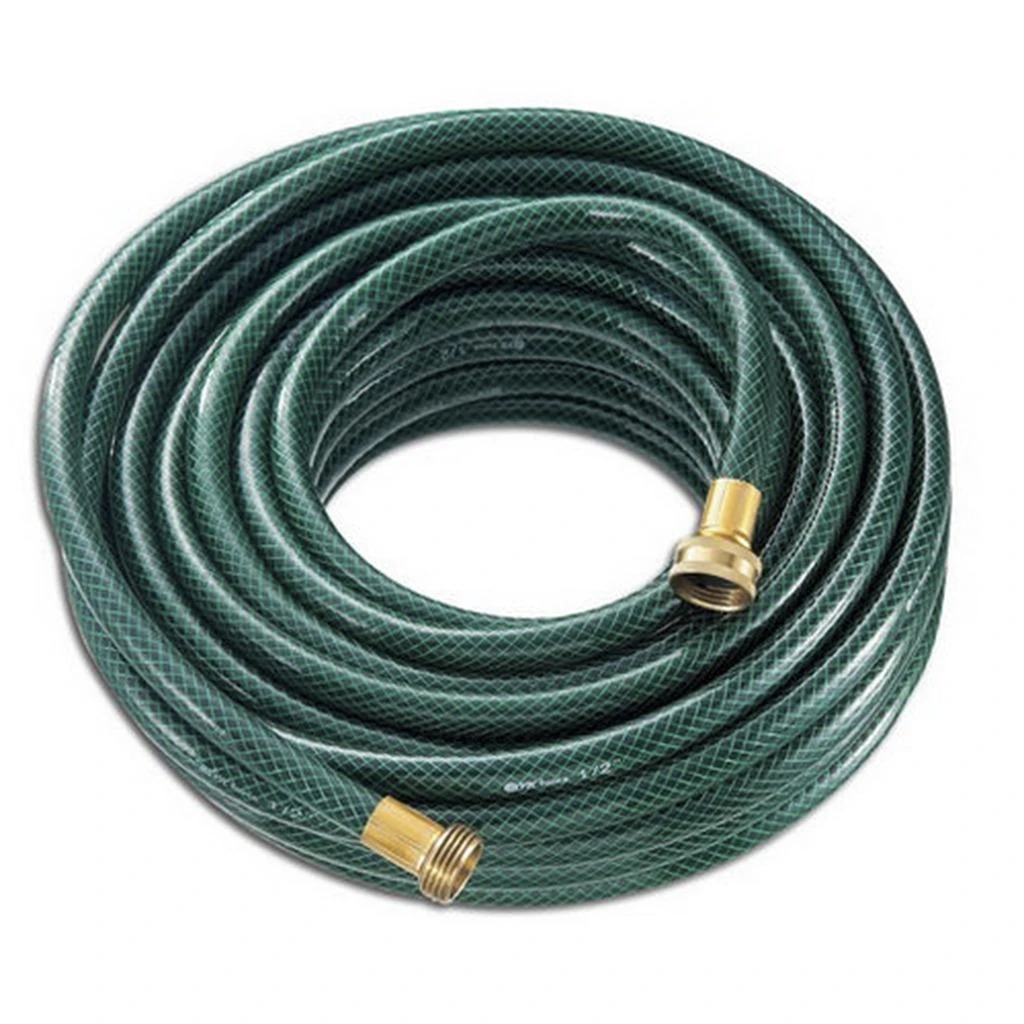braided hose vs standard hose
Braided Hose vs. Standard Hose Which is the Right Choice for Your Needs?
When it comes to selecting hoses for various applications, two of the most common types that come into play are braided hoses and standard hoses. While both serve critical roles in fluid transfer, they differ significantly in construction, performance, and suitability for specific tasks. Understanding these differences can help you make an informed choice for your particular needs.
Construction and Design
Standard Hoses are typically made from a single layer of rubber or other materials. They are designed for general-purpose applications, providing adequate flexibility and durability for everyday use. Standard hoses are often lightweight and easy to handle, making them suitable for tasks such as gardening, watering plants, or conveying low-pressure fluids in various settings.
On the other hand, Braided Hoses feature a more complex construction, consisting of multiple layers. The core of a braided hose is often made from rubber, thermoplastic, or another flexible material, while the outer layer is reinforced with woven fibers (usually polyester or stainless steel). This design imparts significantly higher strength and pressure resistance to braided hoses, making them more suitable for high-pressure applications, such as hydraulic systems, automotive fuel lines, or industrial processing.
Performance and Durability
When it comes to performance, braided hoses excel in situations that demand high-pressure resistance and durability. They can withstand extreme temperatures and fluctuating pressures without compromising integrity. This makes braided hoses ideal for environments where safety and reliability are paramount, such as in automotive or aerospace applications.
Standard hoses, while effective for less demanding tasks, often lack the robustness needed for high-pressure situations. They can kink, flatten, or burst under excessive pressure, leading to potential hazards and costly downtime. Their lightweight nature can be beneficial for simple tasks, but in demanding applications, they may fall short of expectations.
braided hose vs standard hose

Flexibility and Ease of Use
One of the advantages of standard hoses is their flexibility and ease of use. They are generally lighter and easier to maneuver, making them excellent choices for tasks like watering gardens or washing vehicles. Standard hoses are also typically less expensive than their braided counterparts, making them a budget-friendly option for casual users.
Braided hoses, while not as lightweight, offer superior flexibility in terms of their operational capabilities. Their design allows them to bend and twist without kinking, ensuring a steady flow of fluids under pressure. This is a significant advantage in industrial settings, where consistent performance is essential.
Applications
The choice between braided and standard hoses ultimately depends on the intended application. Standard hoses are perfect for light-duty tasks such as lawn irrigation, washing cars, or other general fluid transfer tasks. They provide a cost-effective solution for home gardeners and casual users who do not require heavy-duty performance.
Conversely, braided hoses are the preferred choice for heavy-duty applications. They are vital in industries like manufacturing, automotive, and aviation, where high-pressure fluid transfer is common. The durability and safety features of braided hoses make them essential for critical applications where failure is not an option.
Conclusion
In summary, the choice between braided hoses and standard hoses should be guided by the specific requirements of your project or application. For light-duty, general-purpose tasks, standard hoses are a practical option. However, for high-pressure, safety-critical applications, braided hoses are the clear winners, offering superior strength, durability, and reliability. Understanding these differences will help you select the right hose for your needs, ensuring optimal performance and safety in your operations.
-
Upgrade Your Water Management with Premium PVC Water Hoses by Leading ManufacturersNewsMar.12,2025
-
Understanding PU Pneumatic Hose: A Comprehensive GuideNewsMar.12,2025
-
Transform Your Gardening Experience with Premium PVC Garden HosesNewsMar.12,2025
-
The Ultimate Guide to Polyurethane TubingNewsMar.12,2025
-
The Essential Guide to Lpg Hose: Safety, Quality, And ValueNewsMar.12,2025
-
Discover the Benefits of PVC Air HosesNewsMar.12,2025














